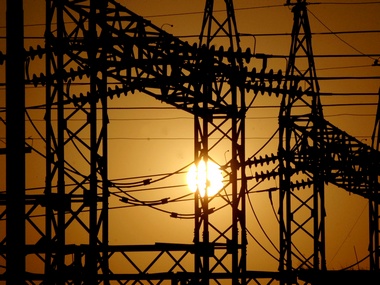The power sector’s woes have just worsened with the government refusing to bail out state electricity boards’ (SEBs) massive debt of Rs 1.9 lakh crore . And what’s worse? Even banks, with their own rising concerns of bad assets, are refusing to lend to the sector further.
The Centre has refused to pay for the SEBs and asked the respective states to solve their own problems, reports Indian Express. Here again the states cannot issue SLR bonds to raise the money as that would mean more debt for state governments. This will hamper the fiscal deficit numbers that the government is now closely watching. The states have been reminded of the Fiscal Responsibility and Budget Management (FRBM) Act which will not allow the states to over leverage themselves. Hence they must make budgetary allocations to save SEBs.
[caption id=“attachment_258629” align=“alignleft” width=“380” caption=“The Centre has refused to pay for the SEBs and asked the respective states to solve their own problems. Reuters”]  [/caption]
This is easier said than done as states like Tamil Nadu and UP are reeling under huge losses. There is hardly any means by which Tamil Nadu, for example, can fund its losses of Rs 40,000 crore.
Financial services secretary DK Mittal has said that banks need not fund losses and must not consider individual cases as state governments must take full responsibility.
This recommendation is very much in line with the recommendations of the Shunglu committee that were brought out last year. Shunglu committee report had also said that the states would have to take primary responsibility for SEBs as much of the political inaction over raising tariff hikes was driven by the desire to appease their vote banks.
“One primary reason for the distribution utilities not submitting their tariff proposals in time or in acceptable form is the state government’s political sensitivity to any proposed increase in tariffs,” the report said.
Though shifting the blame to the states makes it easier for Centre to manage its own deficits, such huge funding from the states through budgetary allocations does not look plausible.


)
)
)
)
)
)
)
)
)



